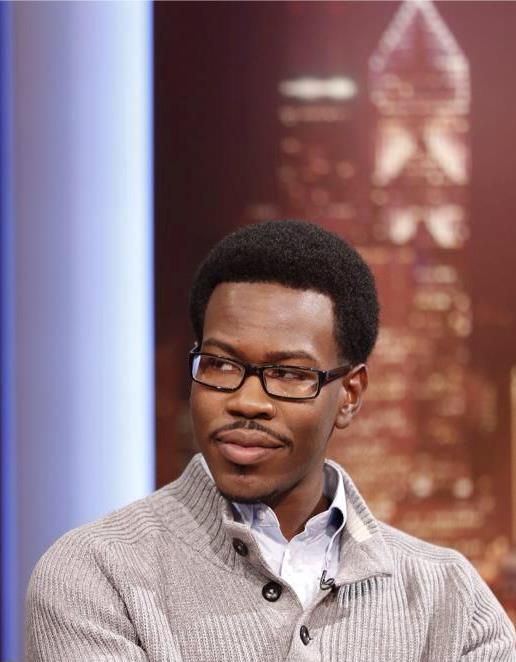The Big Picture Behind Washington, D.C.'s Missing Children Controversy

By:
Anjel Burl, 16, went missing early Wednesday morning on the Northeast side of Washington, D.C.
On Thursday, police wrote on Twitter seeking the public's help with finding her. Burl is one of at least eight girls of color with open missing children cases in Washington, D.C., according to police in the district.
Now, residents and public officials of the area are wrestling with an issue that never seems to get enough attention: missing girls of color.
On Friday, people used trending hashtag, #missingdcgirls, to urge others to help shed light on this growing issue:
Hundreds of people filled a neighborhood school in D.C.'s predominately black Southeast for a community forum on Wednesday seeking answers from public officials about the recent uptick in reports of missing girls of color. The attendees at the forum also demanded more investments in mental health, education and housing. ATTN: reached out to D.C. Council member Trayon White Sr., who hosted the forum for comment and will update this piece when we hear back.
During the forum one young girl stood up to ask, "Why do people have to be so horrible to us?":
Deputy of Constituent Services T’Chaka Sapp, 53, told ATTN: that the negative perceptions of black children are partially to blame for how police and the media treat them.
"They feel that the young black women are running away from home and not being snatched, but as soon as a white girl is missing they sound the Amber Alert," the father of three daughters told ATTN:.
"Regardless of if they’re running away or not, they’re missing. That’s why we have to say Black Lives Matter, because people don't get it.”
One Twitter user drew attention to what she felt was an inappropriate move by the Metropolitan Police Department in D.C. to use a mug shot for 17-year-old Chareah Payne's missing person flyer.
D.C. authorities maintain there isn't an uptick in missing people, and that the police department has tried hard to get the word out about missing people.
Samantha Master, member of black political organizing group BYP100, said any conversation about missing black children, including boys, has to also be a discussion about abuse and sexual trauma, and how forces of inequality and systematic oppression spur instability that leave children vulnerable.
The D.C. native said investments in education, housing and resources for families to receive trauma-informed care can help “end the cycle of sexual abuse that hinders the futures we are invested in building.”
In 2016, nearly 650,000 missing person records were entered into the database of the Federal Investigation Bureau's (FBI) National Crime Information Center, according to a compilation of data published in January. About 33 percent of the records were for black people, though U.S. Census numbers show that black people are only 13 percent of the population.
Among people under the age of 18, black people were about 37 percent of the reported missing cases, though only about 15 percent of U.S. children are black. Of the more than 18,500 endangered runaways reported in 2016 to the National Center for Missing and Exploited Children (NCIC), the organization estimates that one in six were likely victims of child sex trafficking and 86 percent of those "were in the care of social services when they went missing."
The NCIC compilation doesn't break down how many of the missing were black, but more girls regardless of race were in the data. “We also noticed that a lot of African American children that go missing are initially classified as runaways," Natalie Wilson, co-founder of the Black and Missing Foundation, told USA Today. "They do not get an Amber Alert or media coverage."
Masters added: “We need to push local and federal officials to invest resources into ensuring that young people are safe in their city.”
